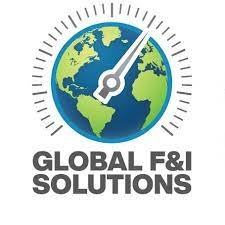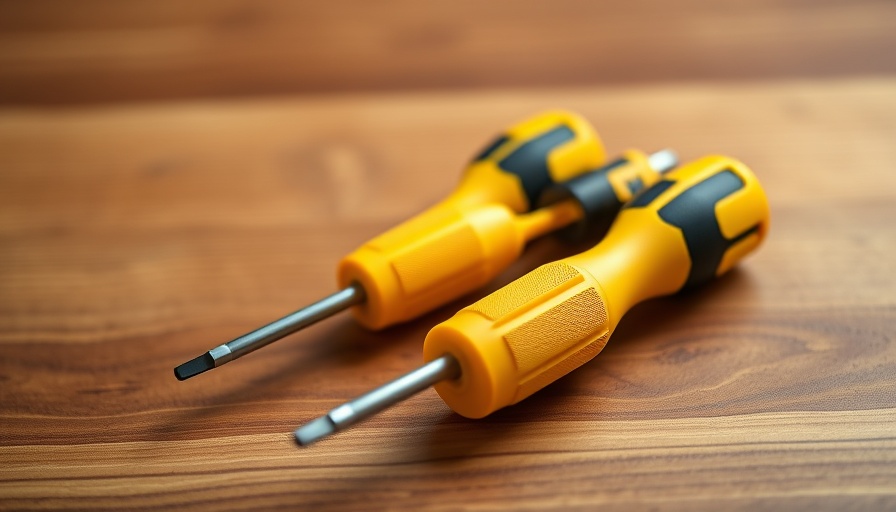
The Shift to Customer Experience 3.0 in Dealerships
In an industry as competitive as automotive sales, dealerships are undergoing a significant transformation in how they engage with customers. The advent of Customer Experience 3.0 marks a pivotal moment in this evolution, where the focus shifts from transactional sales to personalized, seamless experiences that resonate with today's consumers. No longer should a dealership merely sell cars; they must cultivate relationships that extend beyond the initial purchase, ensuring a delightful journey from the first online interaction to ongoing after-sales support.
Understanding the Evolution of Customer Experience
The journey starts by examining the previous stages of customer experience. Initially, dealerships operated under Customer Experience 1.0, relying heavily on face-to-face interactions. This approach prioritized customer service and satisfaction metrics without truly understanding the needs and expectations of modern consumers. Many dealerships were simply focused on achieving high Customer Satisfaction Index (CSI) scores, often influenced by their relationships with manufacturers.
As technology advanced, we entered the realm of Customer Experience 2.0. This phase integrated digital tools—ranging from websites to customer relationship management (CRM) systems—changing how dealerships communicated with prospective buyers. Unfortunately, while efficiency improved, the essence of genuine relationship-building was sometimes lost. Many strategies fell short of fostering the lasting connections that contemporary customers desire, leading to a pushback from a new generation of car buyers.
Why Personalization Matters Today
Today’s customers expect more than just a sale; they crave authenticity and personalized experiences that acknowledge their unique needs. Customer Experience 3.0 is about embracing this challenge, moving beyond generic marketing messages to harnessing insights and data to deliver tailored interactions. These personalized experiences establish trust and loyalty, which are critical in a market saturated with options for consumers.
Future Implications for Dealerships
As dealers commence their Customer Experience 3.0 journey, understanding and adapting to this new framework is essential for long-term competitiveness. This evolution encompasses utilizing customer data to curate bespoke interactions—whether it’s personalizing email follow-ups after a visit or implementing feedback loops that resonate with customer desires. Additionally, elements such as virtual reality showrooms and interactive website features stand to redefine customer engagement like never before, enhancing both the purchasing and service experience.
Conclusion: The Path Ahead
Embracing Customer Experience 3.0 is not merely a trend but a necessity for dealerships aiming to thrive in a digitally-driven market. As expectations continue to rise, dealers must seek innovative ways to connect with customers emotionally and personally. Doing so will not only fuel sales but also cultivate a loyal clientele. The path ahead is filled with potential; it’s time for dealerships to seize it and redefine their approach to customer engagement.
 Add Row
Add Row  Add
Add 




Write A Comment